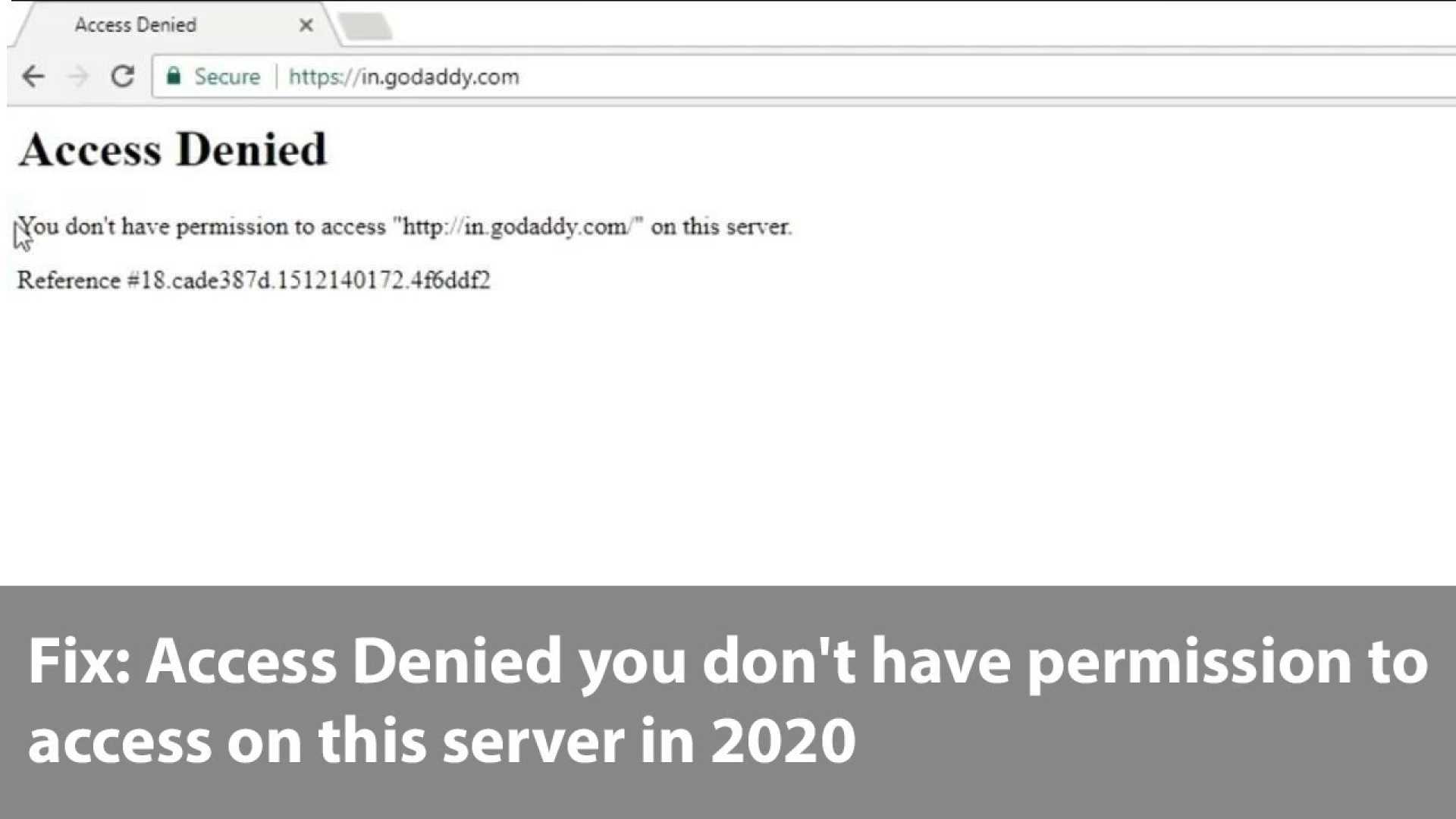Tech
Website Access Denied: Understanding Restricted Pages

San Francisco, CA – Many internet users have encountered messages stating they do not have permission to access certain web pages. These notifications can be frustrating and confusing.
This restriction often occurs due to security protocols implemented by website owners. Websites may block access for users with specific IP addresses, geographic locations, or those using certain privacy settings.
In some cases, users might receive these messages because they have ad blockers enabled. These blockers can interfere with website functionality, prompting sites to restrict access.
According to tech experts, disabling ad blockers or enabling JavaScript in the browser settings can help users regain access to protected pages.
For additional security reasons, websites may also limit access to protect sensitive information, especially when users are trying to log in or handle transactions.
If you continue to see access restrictions, it might be beneficial to contact the website’s support team for further clarification on why the page is restricted.












